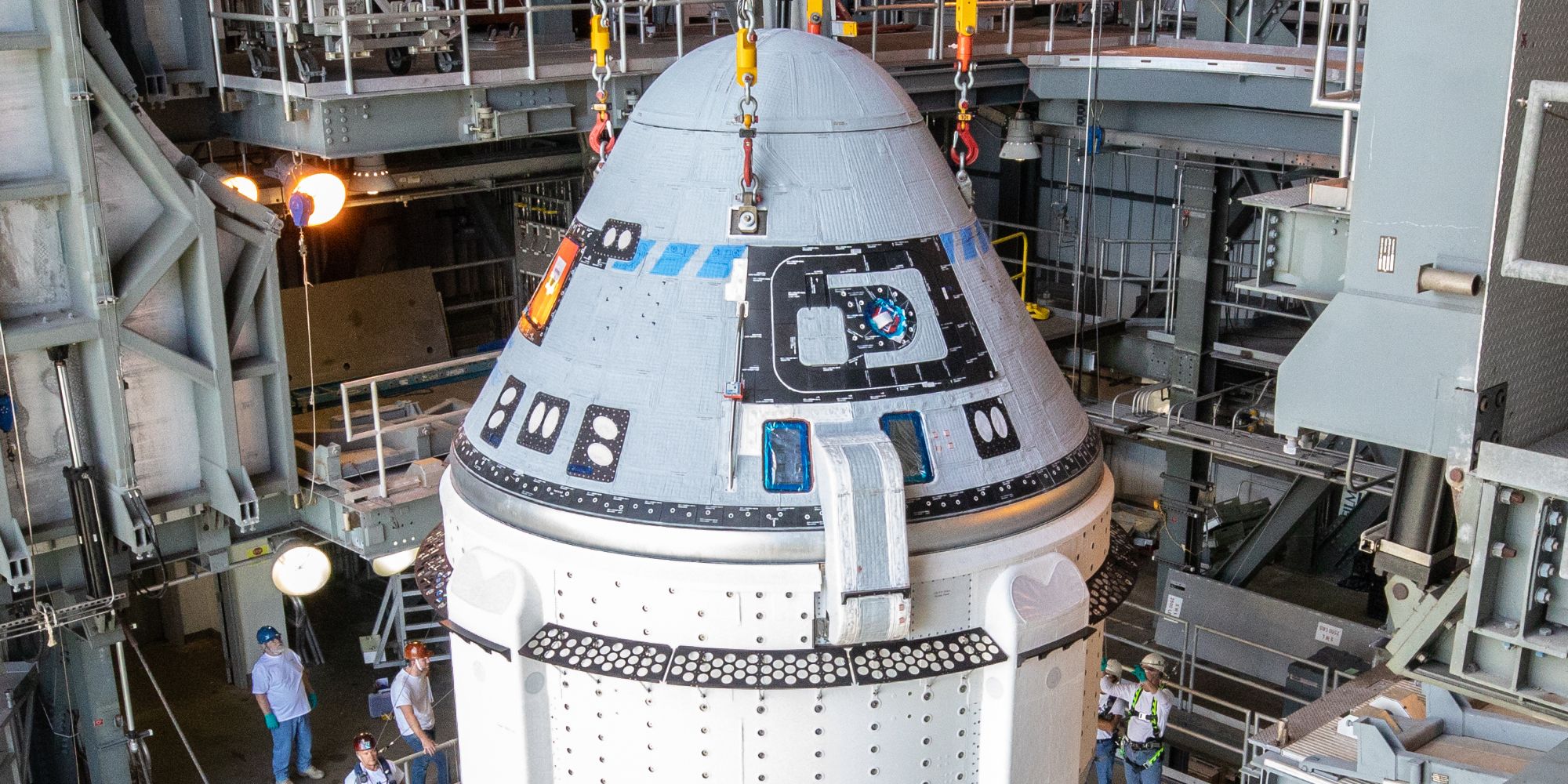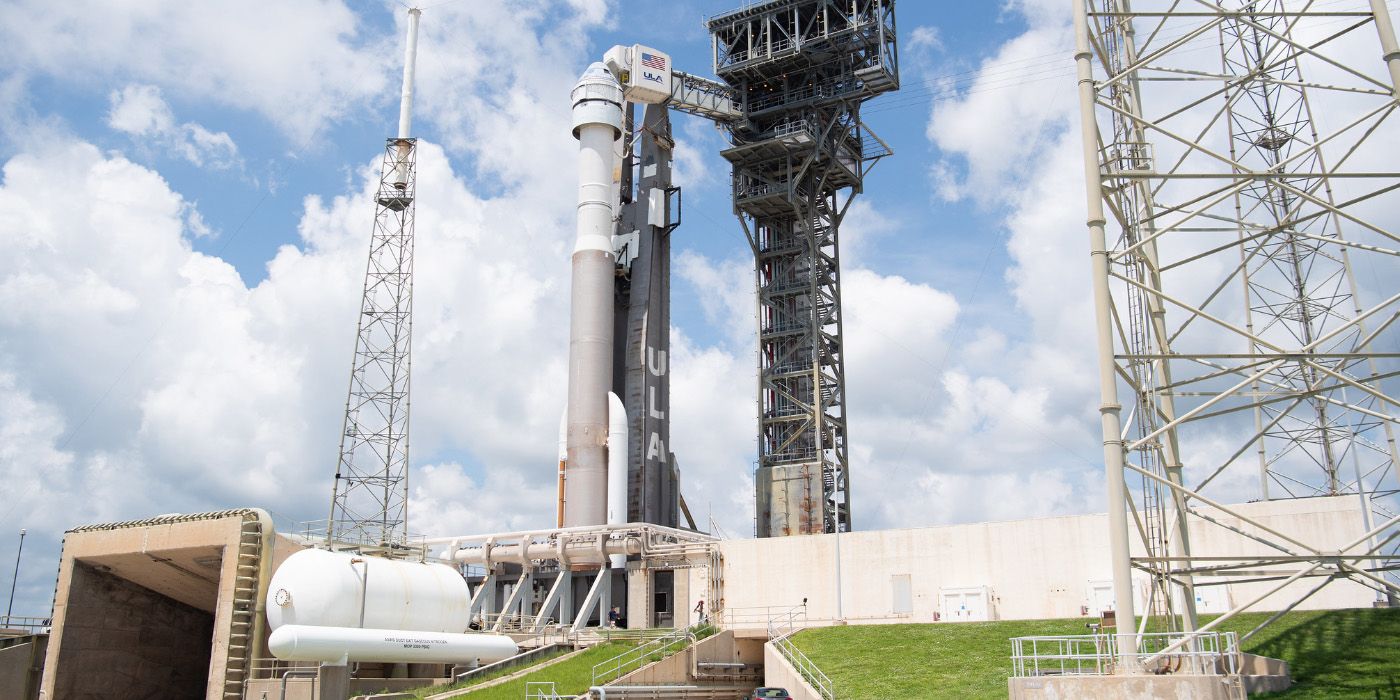New details have emerged around the failed launch of Boeing's Starliner space capsule, revealing that the malfunction was actually more serious than initially thought. On paper, Starliner should be a fantastic piece of equipment for NASA. The capsule is designed to accommodate up to seven passengers, has room for important cargo, and will (eventually) take astronauts from Earth to the International Space Station.
Unfortunately for Boeing, Starliner has faced a few bumps in the road during testing — including another failed launch just a few days ago. After missing the late July window thanks to some drama aboard the ISS, Boeing was set to launch Starliner (uncrewed) to the space station on August 4. Everything was ready to go, but at the last second, Boeing and NASA called it off.
Shortly after the launch was canceled, NASA reported that valves for the propulsion system delivered incorrect readings. The expectation was that it was just a computer glitch, but upon further investigation, it appears there was a problem with the actual hardware. On August 9, Boeing confirmed that it had "restored functionality on more of the 13 CST-100 Starliner propulsion system valves that did not open as designed during prelaunch system checks last week." That's a lot different than a glitch with Starliner's computers. If the launch had been attempted with malfunctioning valves, that could have resulted in serious damage to the Starliner spacecraft.
NASA Still Wants To Use Starliner In The Future
While situations like this are far from ideal, they're also fairly common. About a week ago, Chinese space exploration company i-Space encountered its second failed launch this year. Pulling off a flawless mission from Earth to space is no easy task, with there being endless possibilities for something to go awry along the way. The numerous fumbles on Boeing's part certainly don't bode well for how it's competing against companies like SpaceX, but it's also unreasonable to expect perfection from these sorts of things.
Even with the increased severity of this latest failure uncovered, NASA is still eager to work with Boeing and the Starliner capsule. In its own blog post, NASA said, "In the coming days, NASA and Boeing will continue work to bring all affected valves into the proper configuration. If all valve functionality can be restored and root cause identified, NASA will work with Boeing to determine a path to flight for the important uncrewed mission to the space station." It's unclear how soon the valves will be fixed and when Starliner's next launch will be attempted, but things are moving in the right direction to get past this and keep pushing forward. Here's to hoping it's smooth sailing from here on out for Boeing.


